
Here's what is coming soon to NeurologyLive.

The data revealed some of the more common and problematic symptoms, challenges, and comorbidities that persist for these individuals despite care.

The assistant professor of pediatric neurology at Washington University in St. Louis spoke to the results of a recent survey she and colleagues conducted.
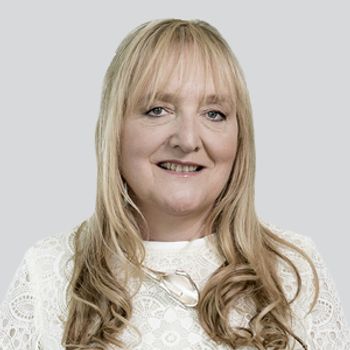
ACI-12589 aims to become the world’s first diagnostic tool for assessing brain alpha-synuclein pathology in patients with Parkinson disease.

The chief scientific officer of the Parkinson’s Foundation discussed the state of mental health services for people with Parkinson disease during the COVID-19 pandemic.

Data presented at WORLDSymposium 2021 suggest that the Sanofi enzyme replacement therapy is effective and safe compared to the company’s other agent, alglucosidase alfa.
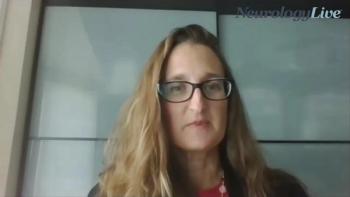
The AASM board of directors' member and professor of medicine at UCLA discussed the benefits of CBT-I and its efficacy compared to pharmacological treatments.

AMT-130 is uniQure’s first clinical program focusing on the central nervous system incorporating its proprietary miQURE silencing technology platform.
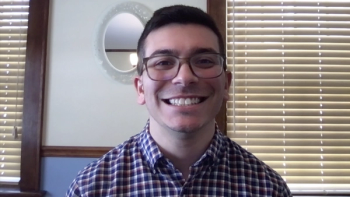
Neurology News Network for the week ending February 13, 2021.

Both therapeutic programs utilize AAD2-GDNF gene therapy targeted to brain structures vulnerable to Parkinson disease and multiple system atrophy.

The assistant professor of pediatric neurology at the Washington University in St. Louis spoke to the roles of multiple specialists in CP diagnosis.

Take 5 minutes to catch up on NeurologyLive's highlights from the week ending February 12, 2021.
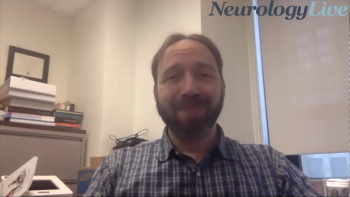
The assistant professor of neurology at Thomas Jefferson University discussed the details using a brain implant and robotic brace in a newly initiated clinical trial.

Researchers found that infantile epileptic encephalopathy and SEI with migrating focal seizures had the highest mortality rates at 2 years of age.
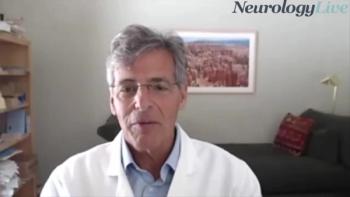
A duo of researchers from Cleveland Clinic outlined their new 5-year study that tests home-based intervention in high-risk individuals for Alzheimer disease.
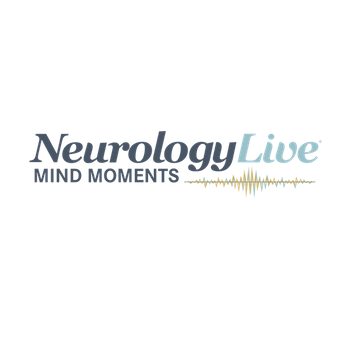
"Mind Moments," a podcast from NeurologyLive, brings you an exclusive conversation with Scott Perry, MD; Orrin Devinsky, MD; and Tracy Salazar, PhD.

Mini-mental state exam scores declined significantly faster in adults with prevalent and incident epilepsy, while digit symbol substitution test scores declined significantly faster in prevalent epilepsy.

The director of the Dartmouth Epilepsy Program and chairwoman of AES 2020 discussed some of the major topics from the previously completed annual meeting and where epilepsy research is trending.

Socioeconomic deprivation was associated with IIH independently of BMI in women but not men.

A roundtable discussion featuring Scott Perry, MD, Orrin Devinsky, MD, and Tracy Salazar, PhD, details the way seizure action plans can differ depending on seizure phenotype and frequency of seizures.
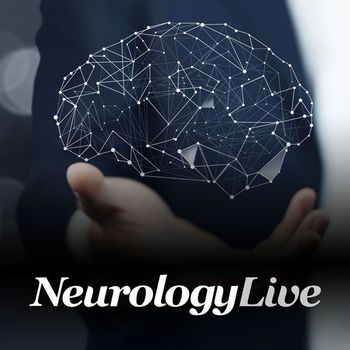
The proportion of patients treated with prednisone and the prednisone dose tended to be lower in the rapid-tapering group at 15 months compared to slow-tapering arm.
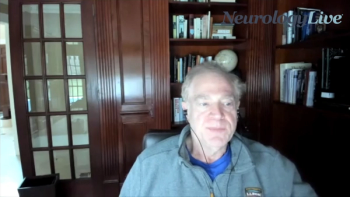
The director of the Montefiore Headache Center discussed how rimegepant was observed to produce clinically meaningful improvements in migraine prevention.
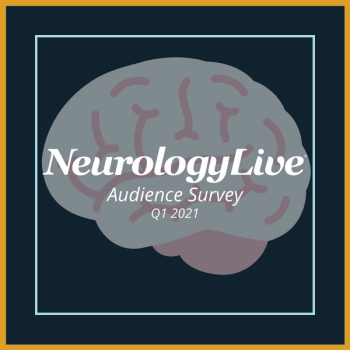
We kindly ask you to share 5 minutes of your time with us in order to help us better craft our content to meet your needs.

The Genio system offers bilateral stimulation of the hypoglossal nerve branches, which may lead to potentially greater airway opening for patients with obstructive sleep apnea.

The treatment can be used in children who do not respond well to anticholinergic medications.
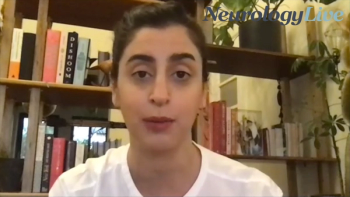
The neurologist from Cleveland Clinic discussed how her study reinforced previous findings that individuals with early onset neuromyelitis optica spectrum disorders are more likely to experience severe vision loss.

While patients with relapsing-remitting MS were found to benefit more from aHSCT, patients with progressive MS still experienced stability in disability scores.

A roundtable discussion featuring Scott Perry, MD, Orrin Devinsky, MD, and Tracy Salazar, PhD, covers the staggeringly low percentage of adults with epilepsy who have seizure action plans.

The duo from Vanderbilt University shared background on their recently published study that found novel associations between functional seizures, cerebrovascular disease, and other psychiatric disorders.

The eXciteOSA device is a daytime therapy that uniquely targets the root cause of snoring and mild obstructive sleep apnea by using electrical currents to stimulate and improve muscle function in the mouth and tongue.